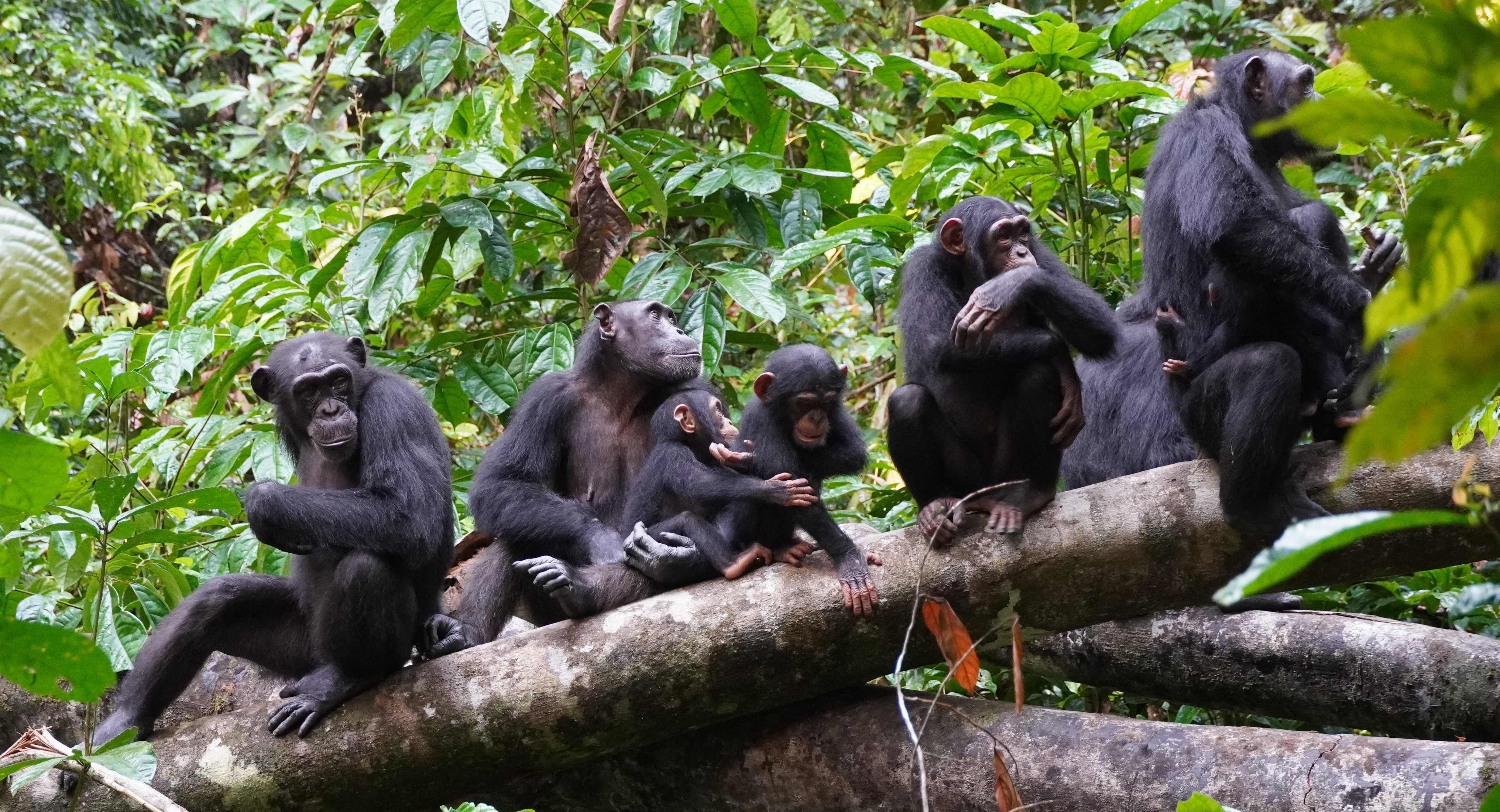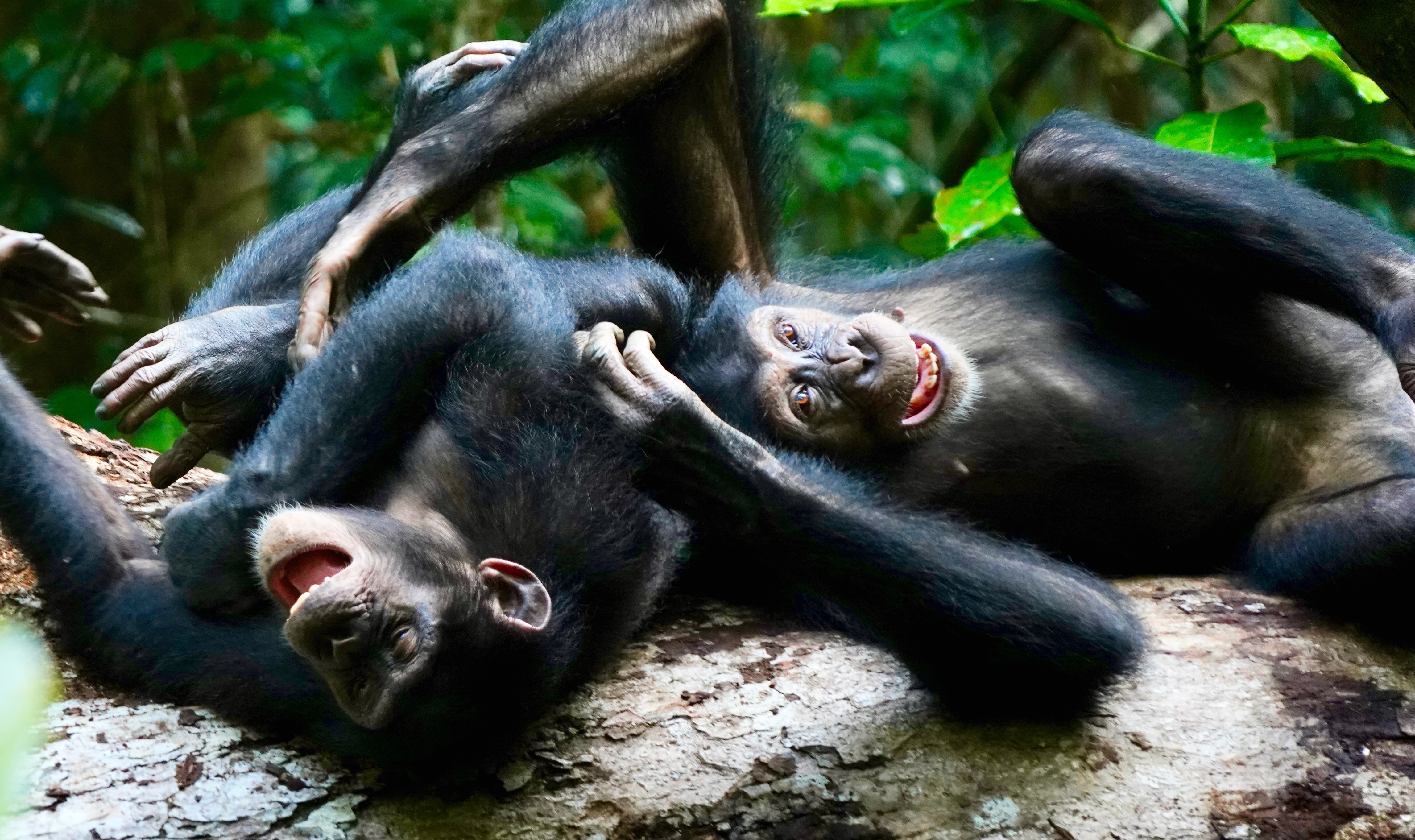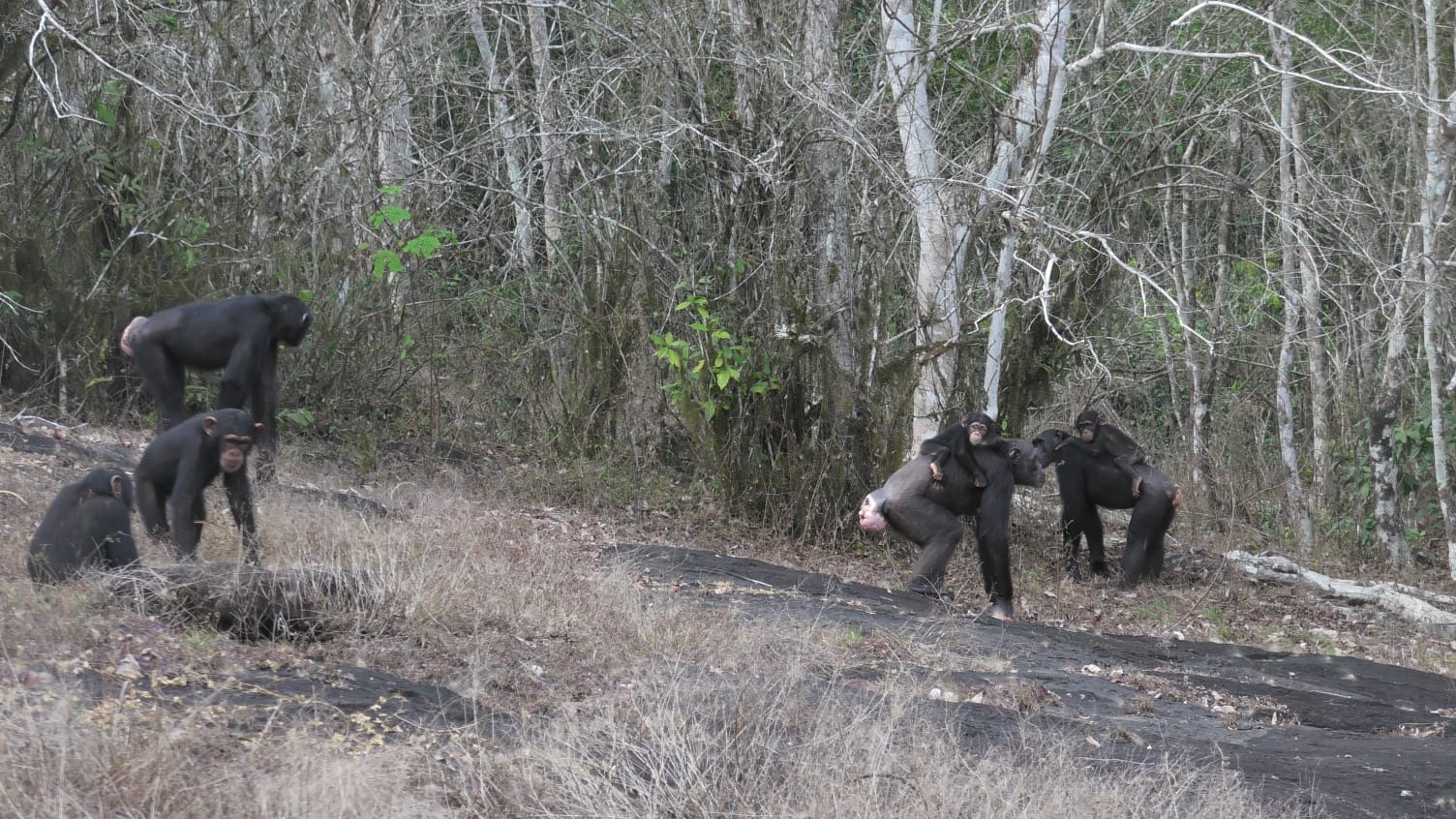It’s been two weeks since Jane Goodall’s death, and many are reflecting on her life, including her scientific legacy and how she changed humanity’s connection to the natural world.
A pioneering primatologist, Goodall was the first to study chimpanzees (Pan troglodytes) in Tanzania’s Gombe National Park, studying many behaviors and traits previously thought to be unique to humans, including tool use, warfare, and personality.
Goodall’s observations revolutionized our understanding of chimpanzees. And her unconventional approach, resulting from a lack of formal scientific training, allowed her to make several contributions that changed the face of animal research. However, this turned out to be a double-edged sword, resulting in primatologists using methods she considers useless today.
you may like
So what was Goodall’s contribution to primatology, and was there anything missing? Live Science spoke to chimpanzee experts to uncover the lasting impact she had on chimpanzee research, including how her early observations biased our understanding of how chimpanzees think and behave, and how scientists learned from the unintended consequences of her early decisions.
One of the most notable examples of Goodall’s unconscious defiance of strict scientific conventions is seen in her giving the Gombe chimpanzees individual names and remaining open-minded to their abilities.
“She didn’t know that you weren’t supposed to give them names. She didn’t know that you weren’t supposed to talk about feelings and emotions and personal history,” Elizabeth Lonsdorf, an anthropology professor at Emory University who studies Gombe chimpanzees, told Live Science. “Her real gift to us was to firmly instill that as a fundamental understanding of chimpanzees so that we can design better science with that in mind.”

Recognizing the need to consider chimpanzees’ personal histories was critical, and Goodall ignited an entire field of research by establishing the first long-term study of chimpanzees. Gombe chimpanzees are now tracked daily by a dedicated team of tracking experts in Tanzania, and since 1960, scientists have collected more than 165,000 hours of data on their behavior.
Using these data, researchers can now track the development of chimpanzees from birth to old age and observe how each generation passes on skills and knowledge to the next. “Chimpanzees live for 60 years, so you can’t really ask those questions without five or 60 years of research,” Lonsdorf says.
The Gombe community now has a fifth generation of chimpanzees, descendants of the first chimpanzees Goodall studied, with families grouped according to the first letter of their mother’s name.
“Friendship” as the “F” word in primatology
Naming chimpanzees went beyond tracking and opened the door to new avenues of research. Laura Simone Lewis, a primatologist at the University of California, Santa Barbara, told Live Science that while chimpanzees in captivity clearly respond to their own names, they are currently investigating whether they can also recognize names given to group members.
you may like
Finding evidence that chimpanzees track each other’s names suggests that the potential ability to understand social labels may have emerged before the evolution of human language, Lewis said. “It comes directly from Jane’s work naming chimpanzees.”
The study also continues Goodall’s work examining social bonds in chimpanzees. Lewis pointed out that many of Goodall’s early observations about the social and emotional lives of chimpanzees were anecdotal and therefore ignored.
In fact, for more than 40 years, since Goodall’s first observation, “friendship” was considered the “f” word in primatology. Although Lewis remains cautious in using the term, its increasing acceptance among primatologists is based on years of empirical research and points to the validity of Goodall’s original insight. “We often refer to them as close social relationships, but they are actually friendships. And they are long-term relationships with very close bonds between animals that can last for decades.”

This sentiment is echoed elsewhere. Lilan Samni, a primatologist at Harvard University who studies chimpanzee cooperation and intergroup relationships, said that despite chimpanzees’ bad reputation for aggression, “I can’t think of any other primate species.” [aside from humans] It is as cooperative and devoted to each other as chimpanzees. ”
Sylvain Lemoine, a primatologist at the University of Cambridge, told Live Science that chimpanzees are characterized by being very friendly towards their in-group but “systematically hostile towards their out-group”.
Chimpanzees’ “social landscape consists of their own community and neighboring communities,” Lemoine said. And at any time, they’re at risk of being ambushed by hostile neighbors, he added.
Goodall’s observations about chimpanzee aggression were also fundamental. She was the first to observe deadly aggression between groups of chimpanzees, and documented what became known as the Gombe Chimpanzee War, a four-year conflict sparked by a split in the Kasakela community.
LeMoyne said researchers initially dismissed this as an artificial act (called “provisioning”) caused by Goodall feeding bananas to the chimpanzees. By feeding the chimpanzees, Goodall brought the entire group together in one central location, making it easier to observe their interactions. However, this concentration of sought-after resources dangerously increased competition among chimpanzees.
Intergroup violence is now known to be common in chimpanzee populations, and “whether food has divided this community in Gombe is another question,” Lemoyne said.
However, this illustrates an important point. Goodall’s generosity meant ignoring unproven speculations made by experts at the time, such as that war was unique to humans, but she also made decisions that ultimately had unforeseen negative consequences.
Not all chimpanzees are Gombe chimpanzees
The fact that Goodall’s early research focused on one community in one place, Gombe National Park, produced another unexpected result. It is a long-standing assumption that Gombe chimpanzee behavior and social structure are the same in all chimpanzee communities. “This is something that people who study chimpanzees are still grappling with,” Samni says.
We now know that chimpanzees across Africa can be very different from each other. For example, the intensity of intergroup competition among chimpanzees varies depending on the animal’s social structure, Samni told Live Science. A large-scale study published in Nature in 2014 found that East African chimpanzees were more lethal than West African chimpanzees. They also found that groups with more adult males witnessed more killings.

Goodall also observed that female chimpanzees are antisocial and generally keep to themselves while the males gather to socialize. Samuni explained that this is superficially true, but like the Gombe chimpanzees, females in East African chimpanzee communities tend to be on the periphery of the group.
But this is true everywhere. Female chimpanzee communities in West Africa are “very central to the social network,” Samni said. Nevertheless, the first impression made by Goodall’s observations left him with a long-standing assumption that all female chimpanzees were antisocial, a prejudice that took years to reverse.
But Lonsdorf said he doesn’t think Goodall’s work is blindfolding researchers in any way. Goodall’s observations, she said, simply laid the foundation for studying mutations by developing “a basic framework for how chimpanzees behave.”
times have changed
Much has changed since Goodall’s first observation. These days, Gombe chimpanzees are given Kiswahili names rather than English, and it is common practice everywhere to name individuals in the local language. Furthermore, chimpanzees are not kept in captivity anywhere.
It also allows researchers to collect data beyond observation. “Our science is now largely interdisciplinary or interdisciplinary,” Alejandra Pascual Garrido, a primatologist at the University of Oxford who studies Gombe chimpanzees, told Live Science. Gombe now has a genetics laboratory that allows researchers to study paternity and the health of the gene pool.
The days of close interactions with chimpanzees, such as Goodall’s, are similarly long gone. Researchers are now wearing masks to avoid disease in the animals and keeping their distance to stay safe, and primatologists are working to ensure that photos of people in close proximity to primates are not shared as it could undermine conservation efforts and encourage the pet trade. Pascual-Garrido noted that the old image of Goodall hugging a chimpanzee would be considered “completely unacceptable” to today’s primatologists.
It’s important to remember that Mr. Goodall was doing what seemed to work at the time and there were no other sites to learn from. “Her not having predetermined ideas and concepts allowed her to see things that others might have missed or thought, ‘Okay, that doesn’t exist,'” Samni said, and Pascual-Garrido agreed. “She saw the world differently, and she made the world look different,” she said.
Source link

